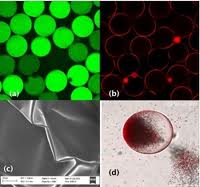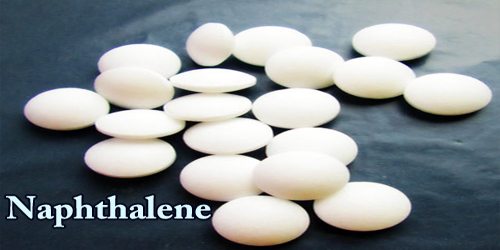Interface and colloid science – Interface and colloid science is a branch of chemistry dealing with colloid s, heterogeneous systems consisting of a mechanical mixture of particles between 1 nm and 1000 nm dispersed in a continuous medium. Interface and colloid science has applications and ramifications in chemical industry, pharmaceuticals, biotechnology, ceramics, minerals, nanotechnology, and microfluidics, among others. Interface and colloid science is that branch of chemistry,which deals with the study and application of colloids,heterogeneous systemic mechanical mixtures of particles between 1nm and 1000nm dispersed in a continuous medium. There are many books dedicated to this scientific discipline, and there is a glossary of terms.
Interface and colloid science – Interface and colloid science is a branch of chemistry dealing with colloids, heterogeneous systems consisting of a mechanical mixture of particles between 1 nm and 1000 nm dispersed in a continuous medium. Interface and colloid science has applications and ramifications in chemical industry,..
Pharmaceutical statistics – Pharmaceutical statistics is the application of statistics to matters concerning the pharmaceutical industry. This can be from issues of design of experiments, to analysis of drug trials, to issues of commercialisation of a medicine. There are many professional bodies concerned with this field..
Colloid – … called colloidal solutions or colloidal suspensions … and because colloids have the appearance of solutions … freely moving about between the water molecules of the solution .
Pharmaceutical Applications
1) Therapy— Colloidal system are used as therapeutic agents in different areas.
e.g- Silver colloid-germicidal
Copper colloid-anticancer
Mercury colloid-Antisyphilis
2) Stability— As already stated, charges play an important role in determining the stability of a colloidal system.Colloids, especially lyophobic colloids having like charges on particle surface repel each other and prevent flocculation in suspensions.
e.g- Colloidal dispersion of gelatin is used in coating over tablets and granules which upon drying leaves a uniform dry film over them and protect them from adverse conditions of the atmosphere.
3) Absorption— As colloidal dimensions are small enough,they have a huge surface area. Hence, the drug constituted colloidal form is released into the vicinity in large amount.
e.g- sulphur colloid gives a large quantity of sulphur and this often leads to sulphur toxicity.
4) Dissolution — Due to huge surface area, the dissolution rate is very large as stated by Noyes-Whitney equation.
dC/dT=DA(Cs-Cb)/Ln
where, D=dissolution coefficient
dC/dT=Rate of diffusion
A= surface area of particle
Cs=concentration of stagnant layer (layer of solvent just adjacent to particle and is concentrated with the drug)
Cb=concentration of bulk solution (Often dilute and represents the rest of the solvent in the system)
L=length of stagnant layer
n=viscosity of the medium
5) Targeted Drug Delivery— Liposomes are of colloidal dimensions and are preferentially taken up by the liver and spleen. Hence, principle of colloids is also used in targeted drug delivery system.
















